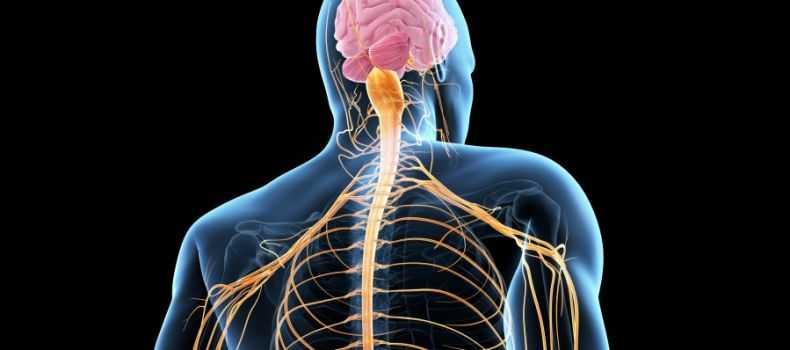The nervous system
- It is a complex collection of nerves and specialized cells known as neurons that transmit signals between different parts of the body. It is essentially the body's electrical wiring.
- Structurally, the nervous system has two components: the central nervous system (the brain, spinal cord, and nerves) and the peripheral nervous system (sensory neurons, ganglia and nerves that connect to one another and to the central nervous system).
- Functionally, the nervous system has two main subdivisions: the somatic, or voluntary, component (nerves that connect to one another and to the central nervous system and the autonomic nervous system (regulates certain body processes, such as blood pressure and the rate of breathing, that work without conscious effort).
70
606 reads
CURATED FROM
IDEAS CURATED BY
The idea is part of this collection:
Learn more about health with this collection
How to stay motivated
How to create a workout routine
Proper form and technique for home workouts
Related collections
Similar ideas to The nervous system
The Somatic Nervous System
The somatic system is responsible for transmitting sensory information as well as voluntary movement. The system contains two major types of neurons:
- Motor neurons. They carry information from the brain and spinal cord to muscle fibe...
The nervous system consists of two parts
- The central nervous system (CNS). It includes the brain and spinal cord.
- The peripheral nervous system (PNS). It includes all the nerves that branch out from the brain and spinal cord and extends to other parts of the body, including muscles and or...
The Autonomic Nervous System
The autonomic system controls aspects of the body that are usually not under voluntary control. The autonomic system is divided into two branches:
- Parasympathetic system: It helps maintain normal body functions and conserve physical resources. Once a threat is over, ...
Read & Learn
20x Faster
without
deepstash
with
deepstash
with
deepstash
Personalized microlearning
—
100+ Learning Journeys
—
Access to 200,000+ ideas
—
Access to the mobile app
—
Unlimited idea saving
—
—
Unlimited history
—
—
Unlimited listening to ideas
—
—
Downloading & offline access
—
—
Supercharge your mind with one idea per day
Enter your email and spend 1 minute every day to learn something new.
I agree to receive email updates
